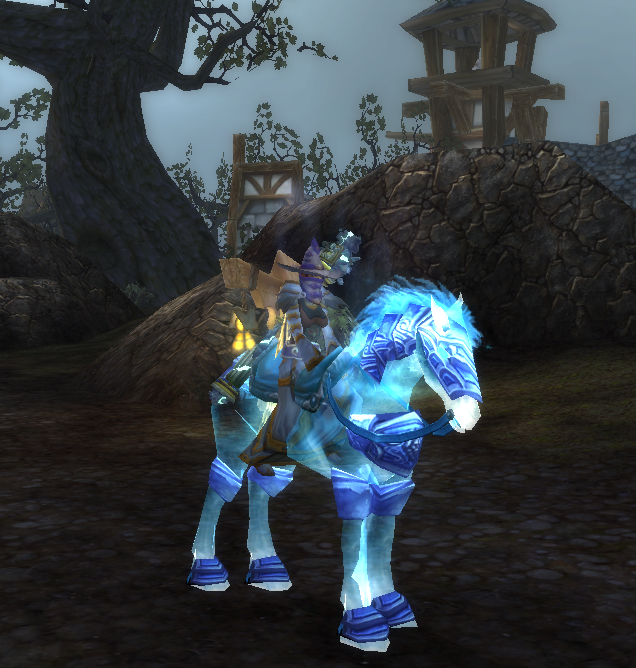

World of Warcraft offers a structure for "moving up" in the game; Second Life leaves participants adrift in a sea of possibilities
Engaging a Second Life
Second Life, however, is a very open platform; unlike video games, it does not have these things: achievements, moving up levels, built in feedback and rewards—built into the system. The limitations of utter openness—being able to play without these built-in structures—were noted by Thomas M. Malaby in Making Virtual Worlds: Linden Lab and Second Life. Malaby refers to an interview with Second Life CEO Philip Rosedale:
Rosedale cited the increasing involvement of early employees from gaming backgrounds (including later vice presidents Robin Harper and Cory Ondrejka) as important for making the adjustment to this dimension of what Second Life was becoming. They provided the “behavioral psychology” component that Linden Lab needed. When I asked him to expand on that point, he said the employees helped them think in “game theoretic terms…What do you want to motivate people to do? What are the rewards?” (66-67)
Therefore, if one is to engage students (as well as educators and administrators) in Second Life, that engagement may have to be sought through instructional design. It may not be enough to build an amazing virtual campus and expect that students and teachers will want to flock there—it may not be that the old adage from Field of Dreams, “If you build it, he will come.” Or rather, in the case of the Vassar Sistine Chapel experiment, they may come but they won’t stay, learn, or know what to do next or what they should do. (The Vassar tour guide in the KirkwoodSLGroup YouTube video mentioned that people who visited the Sistine Chapel build had to be reminded not to engage in virtual sex inside the build.) The Ball State virtual campus builds engagement into the system by getting students to focus on the possibilities of the virtual environment as media, rather than as a replication of the real that strives to make the technology disappear. However, the possibilities for engaging students on this level, at least currently, is limited for most institutions and educators due to the resources, skills, and time required for implementation.
How can your average writing and rhetoric instructor use an environment such as Second Life to foster techne as Schirmer describes it in Acquiring Literacy? One of the primary advantages that Second Life holds over most video games is that object creation, and script content creation to animate those objects, is possible by average users of Second Life and other virtual world platforms. This is an aspect of techne that I find to be largely missing when I play a massively multiple online role-playing video game such as World of Warcraft (unless I program add-ons to the game User Interface—a more tertiary function than creating in-game objects), although other forms of engagement (social, narrative, problem-solving) are quite high.
